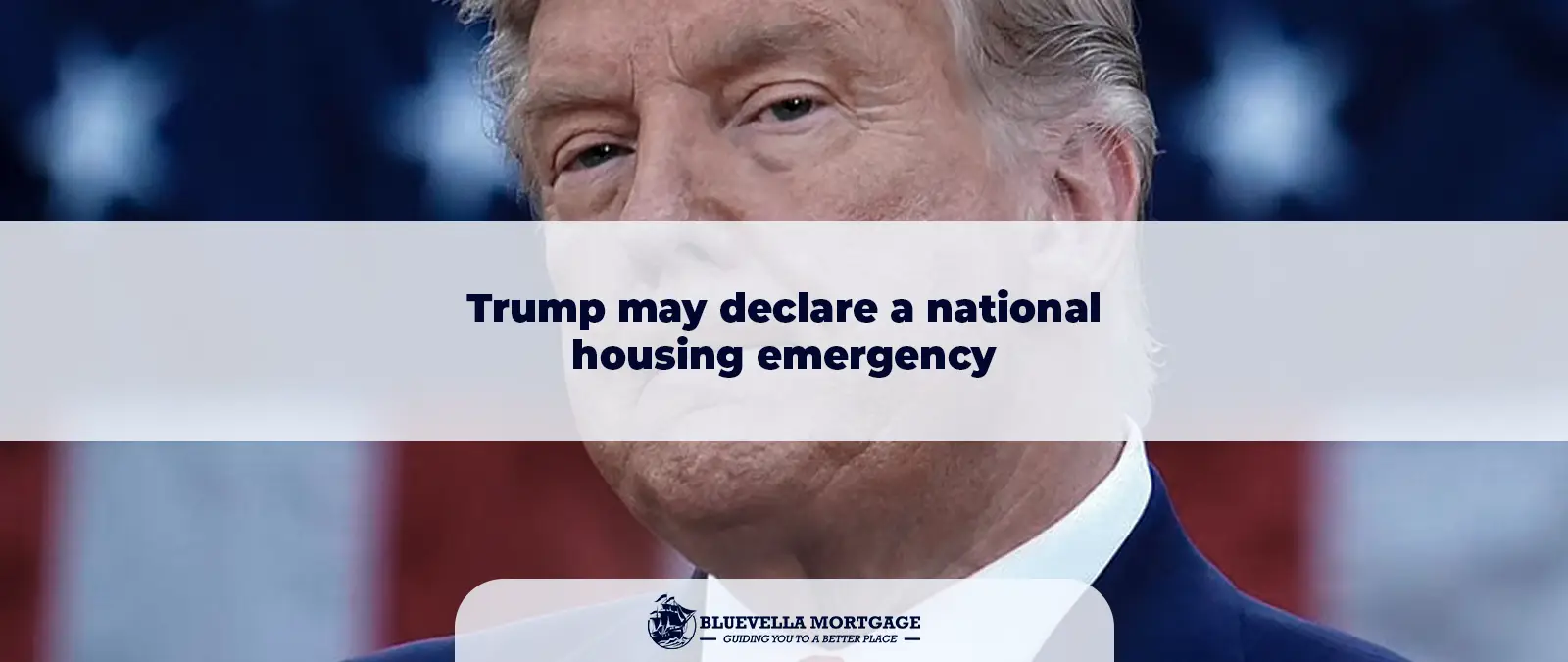Introduction to the Housing Crisis
The United States is currently facing a significant housing crisis characterized by escalating housing prices, soaring rent costs, and a pronounced shortage of affordable housing. As economic dynamics shift, several key drivers contribute to this alarming trend, which affects millions of Americans across diverse demographics.
One primary factor fueling the crisis is the rapid increase in housing prices, which has outpaced wage growth for many individuals and families. The allure of urban living, alongside a burgeoning population, has led to a surge in demand for residential properties. Consequently, prospective homebuyers find themselves in a highly competitive market where prices often exceed their financial reach. This situation not only limits access to homeownership but also impacts overall community stability and development.
Moreover, rising rent costs represent another critical element of the crisis. Many renters are disproportionately affected, as stagnant wages and economic uncertainty make it increasingly challenging to maintain housing stability. Many individuals are forced to allocate a significant percentage of their income towards rent, leaving little room for savings or other essential expenses, which in turn exacerbates financial insecurities.
The lack of affordable housing compounds these issues, as new construction often caters to higher-income residents, leaving lower-income households vulnerable to displacement. With an insufficient stock of affordable options available, the growing gap between supply and demand becomes evident, urging policymakers to prioritize strategies that address this essential aspect of the housing market.
As the nation approaches a potential national housing emergency declaration in September 2025, understanding the intricacies of the housing crisis is crucial. This overview sets the stage for exploring the implications of such a declaration, the challenges it seeks to address, and the broader socio-economic context surrounding the urgent need for reform in the housing sector.
Trump’s Previous Housing Policies
During his presidency from January 2017 to January 2021, Donald Trump introduced a range of housing policies aimed at reshaping the American housing landscape. One of the hallmark initiatives was the reduction of regulatory burdens on the housing market. The Trump administration pursued a deregulation strategy, which included rolling back various environmental and zoning regulations. The intention was to stimulate both the construction of new homes and the renovation of existing properties. This approach was aimed at addressing the housing supply crisis that had been exacerbated by stringent local building codes and regulations.
Additionally, under Trump’s administration, the Federal Housing Administration (FHA) and the Department of Housing and Urban Development (HUD) made efforts to enhance affordability by lowering mortgage insurance premiums. This move was designed to assist low-to-moderate-income families in obtaining home loans, with the expectation that it would expand access to homeownership. The intent was to create a more favorable lending environment, fostering increased participation in the housing market.
Moreover, Trump’s policies included a focus on Opportunity Zones, which aimed to boost investment in economically distressed areas. This initiative sought to revitalize neighborhoods by incentivizing developers to build rental units and affordable housing. While supporters argue that these zones brought much-needed investment, critics have noted that the benefits varied significantly among different areas, often favoring wealthier neighborhoods over those in dire need of assistance.
The outcomes of these initiatives saw mixed results. While some areas experienced increased construction activity, others continued to grapple with affordability challenges, leading to an ongoing debate about the effectiveness of Trump’s housing policies. As we approach the potential national housing emergency and the anticipated declaration in September 2025, understanding these previously implemented policies will provide valuable insights into possible future directions in housing policy and reform.
What a National Housing Emergency Means
A national housing emergency declaration represents a significant governmental response to an ongoing crisis pertaining to housing availability and affordability. Such a declaration typically signifies that a substantial segment of the population is faced with critical housing challenges, which may include rising homelessness, increasing eviction rates, and an acute shortage of affordable housing options. This type of declaration often enables federal, state, and local governments to mobilize resources more efficiently in order to address the pressing situation on a larger scale.
Under a national housing emergency, the federal government gains several key powers aimed at mitigating the effects of the housing crisis. For instance, the government may expedite funding for housing-related programs and allocate financial resources to local authorities struggling to provide adequate shelter for their communities. This could also involve utilizing federal funds to facilitate the construction of affordable housing units, as well as implementing measures that temporarily suspend evictions and foreclosures, thereby giving families and individuals additional time to secure stable housing.
Moreover, a national housing emergency gives rise to targeted interventions such as rental assistance programs and the potential for more rigorous regulation of rental prices. These measures are essential in ensuring that low-income households are not disproportionately affected by rising living costs. In light of these financial strains, a declaration could pave the way for partnerships between the government and private sector players, seeking innovative solutions to the current crisis.
It is important to understand that the implications of a national housing emergency extend not only to those directly involved in housing but also to the broader economy. As housing stability improves, communities become more resilient, thereby encouraging economic growth. The declaration serves as a crucial framework for effectively addressing the housing challenges that many Americans face, ultimately leading to a healthier and more stable society.
Public and Political Reactions
The anticipated declaration of a national housing emergency by former President Donald Trump in September 2025 is expected to generate a wide array of reactions from the public and various political figures. Advocacy groups focused on housing issues have already begun preparing their responses, aware that such a declaration could carry significant implications for housing policy across the nation. Many housing advocates view the declaration as an opportunity to address the ongoing crisis affecting affordable housing availability. They anticipate mobilizing resources to ensure that the emergency focus includes crucial elements like affordable housing development and tenant protections.
On the other hand, some community members may express skepticism regarding the authenticity of the declaration. Concerns could arise about whether this move is politically motivated or a genuine attempt to address the crises surrounding housing affordability and homelessness. Furthermore, certain demographic groups, particularly those in urban areas severely affected by housing shortages, may demand specific local actions and reforms rather than a broad federal initiative. This divergence in public sentiment reflects the complexity of addressing housing issues effectively.
Political reactions from both major parties will also play a crucial role in shaping the national conversations around this proposed declaration. Supporters of Trump may herald the emergency as a necessary measure to tackle longstanding housing issues and galvanize grassroots support among voters concerned about economic instability. Conversely, opposing political figures may question the motives behind the declaration and suggest that it is a diversion from other pressing political matters. The discourse surrounding this potential emergency declaration will likely set a contentious stage for upcoming elections, influencing not just voter sentiments but also broader housing policy discussions.
Economic Implications of a Housing Emergency
The declaration of a national housing emergency, particularly in September 2025, could have significant ramifications for the economy. One of the most immediate effects would be felt in the construction sector. With a sudden halt in housing developments, driven either by regulatory changes or financial instability, there could be a sharp decline in new construction projects. This would not only lead to reduced activity in the construction industry but could also disrupt supply chains for building materials and related services.
Moreover, housing emergencies often produce a ripple effect on mortgage rates. In such scenarios, lenders may perceive increased risk, resulting in higher mortgage rates for consumers. This could lead to fewer individuals qualifying for loans, diminishing home affordability, and potentially stalling home sales. With higher borrowing costs, first-time buyers may be particularly affected, skewing the market in favor of cash buyers, and further intensifying the housing crisis.
Another crucial aspect of a housing emergency encompasses employment. A downturn in construction not only threatens jobs within that industry but can also extend to associated sectors. For instance, jobs in home improvement, real estate, and retail may experience contractions as consumer spending wanes. Employment instability typically translates into reduced consumer confidence, which substantially impacts overall economic performance. Consumers facing job insecurity and rising housing costs are likely to cut back on discretionary spending, leading to broader economic stagnation.
In the long term, the implications could be even more pronounced. A prolonged housing emergency might lead to diminished investment in the housing market, dissuading both domestic and international investors. Furthermore, it could exacerbate socio-economic disparities, as low-income families face greater obstacles to secure stable housing. Overall, the economic landscape would be deeply affected, warranting vigilance from policymakers and stakeholders alike.
Comparison with Other National Emergencies
The potential national housing emergency, as anticipated with the declaration from Trump in September 2025, can be effectively analyzed by comparing it with historical national emergencies that the United States has faced. These past emergencies provide crucial insights into the government’s response mechanisms and the subsequent societal ramifications.
One of the most notable types of national emergencies has been natural disasters, such as hurricanes and wildfires. For instance, Hurricane Katrina in 2005 prompted extensive federal response measures. This included the deployment of FEMA (Federal Emergency Management Agency) resources, allocation of funds for recovery, and long-term rebuilding initiatives. The government’s response in this scenario emphasizes the urgent need for coordination among federal, state, and local entities when faced with emergencies that disrupt housing infrastructure. Similar to the housing crisis, natural disasters necessitate rapid triage and long-term housing solutions for affected populations.
Another relevant example is the public health emergency declared during the COVID-19 pandemic. The federal government implemented sweeping measures, including a moratorium on evictions and enhanced housing assistance to mitigate the pandemic’s impact on housing security. These measures demonstrate the critical role of government intervention during widespread crises that threaten the stability of housing for vulnerable populations. The housing emergency anticipated in 2025 may share characteristics with these public health efforts, particularly in how governmental agencies mobilize resources to avert widespread homelessness.
In both instances, effective communication and collaboration between various governmental levels and organizations proved essential. The anticipated housing emergency will likely reveal similar dynamics, reflecting how historical precedents could shape responses to emerging housing crises. Understanding these previous emergencies can provide vital lessons that inform more effective strategies in addressing the complexities associated with housing instability.
Potential Solutions and Strategies
In the wake of a potential housing emergency declaration in September 2025, various solutions and strategies may be proposed to address the impending crisis effectively. In light of the increasing demand for affordable housing, one of the most significant strategies could be the implementation of more inclusive zoning laws. These laws aim to encourage the development of diverse housing types within urban areas, thereby increasing the supply of affordable homes. By easing restrictions on new constructions, municipalities may allow for higher-density developments, contributing to the overall availability of housing options.
Additionally, fostering public-private partnerships will likely play a crucial role in enhancing affordable housing initiatives. By collaborating with private developers, government programs could leverage existing investment to catalyze the creation of more affordable units. Such partnerships may include financial incentives or tax credits for developers who commit to building and maintaining affordable housing. This innovative approach may help merge public interests with private resources, encouraging development in a timely and efficient manner.
Another potential strategy involves the promotion of alternative housing models, such as tiny homes or co-housing communities, which can offer lower-cost living arrangements. These models not only create a unique living environment but also emphasize community engagement, affordability, and sustainability. The introduction of these modern housing solutions may allow a diverse range of individuals and families to secure housing that fits their needs and budgets.
Moreover, enhancing access to financing through government-backed loans could greatly assist families struggling to afford a home. Lower interest rates or flexible repayment terms may enable first-time homebuyers and low-income families to navigate the housing market effectively. By implementing these and other innovative policies, the government could provide a balanced approach to mitigating the anticipated housing emergency.
The Role of State and Local Governments
The impending national housing emergency as suggested by Trump’s September 2025 declaration brings with it a significant responsibility for state and local governments in the United States. These entities are crucial players in both the immediate response to the housing crisis and in the long-term implementation of housing policies that address the needs of their communities. As the federal government sets the framework through regulations and funding, it is the responsibility of state and local authorities to tailor these policies to meet specific local requirements.
State governments will need to assess existing housing stock, zoning laws, and available resources to identify the most effective ways to implement federal housing initiatives. For instance, states may revise zoning laws to encourage the construction of affordable housing or reassess tax incentives aimed at investors who contribute to the housing supply. Additionally, state governments will likely play a pivotal role in managing funds allocated for housing projects, ensuring that they reach the areas most in need of improvement.
Local governments, on the other hand, possess a unique understanding of their communities’ specific challenges. They can facilitate the establishment of housing cooperatives or support the development of mixed-income neighborhoods. Collaboration between state and local authorities is paramount, as combined efforts will enhance resource allocation, knowledge sharing, and implementation strategies. Furthermore, local governments can act as liaisons with citizens to gather feedback on housing initiatives, providing a crucial platform for community engagement.
As the crisis unfolds, it is essential for state and local governments to maintain open lines of communication with federal agencies. This collaboration will strengthen the overall response to the impending housing emergency and will ensure that strategies are developed not just to react to the crisis, but to prevent future occurrences. Ultimately, the involvement of all levels of government will be vital in crafting a comprehensive response that addresses both immediate and long-term housing challenges.
Looking Ahead: What September 2025 Could Mean for Americans
As we approach September 2025, potential developments surrounding a national housing emergency declaration could fundamentally reshape the landscape of American housing. A declaration aimed at this pressing issue is likely to have profound implications for housing accessibility, affordability, and qualify for initiatives designed to mitigate the crisis. With increasing rates of homelessness and a lack of affordable housing, the stakes are high for millions of Americans.
One critical area of focus will be how the government prioritizes housing accessibility for low- and middle-income families. Increased funding for public housing projects and incentives for private developers to create affordable units may become key components of future policies. These measures would aim to ensure that housing is not only available but also accessible to those who need it most. Enhanced accessibility measures may include more inclusive zoning laws and streamlined permitting processes that encourage development in underserved areas.
Affordability will also likely remain a focal point of the national conversation on housing. With many Americans struggling to keep up with rising rental prices and mortgage rates, policies initiated post-declaration could provide rent control measures or direct financial assistance to those needing it. Additionally, housing vouchers and first-time home buyer programs could see an increase in funding, allowing greater numbers of families to achieve homeownership, thus fostering economic stability.
Overall, the qualification criteria for government programs and services might undergo significant transformation. This could create new pathways for individuals currently excluded from assistance due to rigid eligibility standards, allowing a broader spectrum of Americans to benefit from potential housing provisions. While speculation on the outcomes surrounding the housing emergency declaration unfolds, one thing remains clear: the need for accessible, affordable housing has never been more urgent, and the decisions made in September 2025 will likely echo through society for years to come.
Follow us:
Know more about Bluevella Mortgage.





